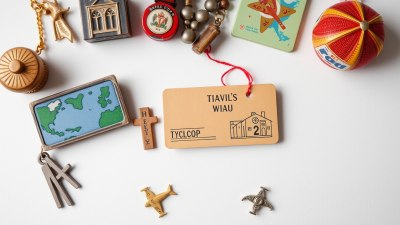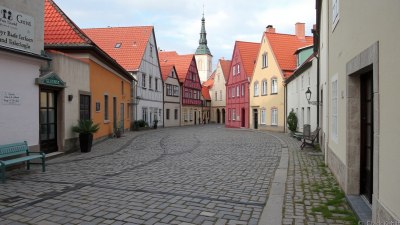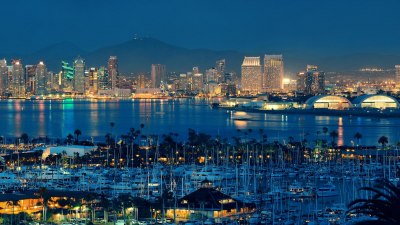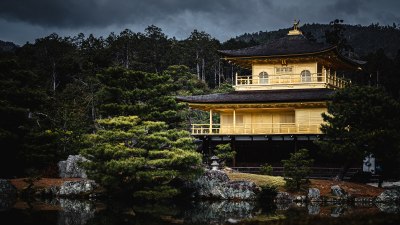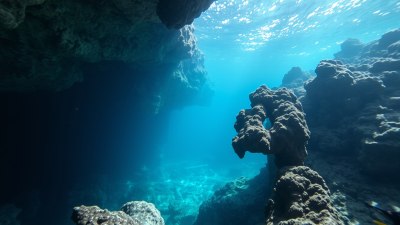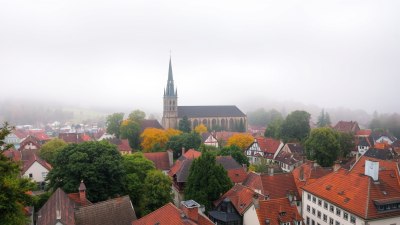Easter in Spain: Experiencing Semana Santa Like a Local
Discover the vibrant traditions of Semana Santa in Spain's Easter celebrations, rich in culture and devotion.

Easter, or Semana Santa, is one of the most significant religious events in Spain, marked by solemn processions, deep-rooted traditions, and vibrant cultural expressions. Spain's Easter celebrations vary greatly by region, each showcasing unique interpretations of the festivities. To truly experience Semana Santa like a local, one must immerse themselves in the sights, sounds, and traditions that characterize this sacred week across the country.
As the final days of Lent approach, towns and cities throughout Spain come alive with anticipation and preparation for Semana Santa. The origins of these processions can be traced back to the Middle Ages, where religious processions were used to showcase and enhance the collective faith of local communities. Over time, these traditions have evolved, and they continue to evoke a sense of unity and cultural identity among the people.
A Historical Perspective
In many regions, Semana Santa processions are the result of centuries of tradition. In Seville, the capital of Andalusia, the roots of the celebration can be traced to the 16th century. Seville features some of the most elaborate and colorful processions in Spain, with rich displays of artistry and devotion. The processions feature intricately designed pasos, or floats, depicting biblical scenes, which are carried through the streets by 'costaleros' or bearers. Each float is also accompanied by a centuries-old guild that takes part in the procession, enhancing the sense of history and tradition.
In contrast, the celebrations in Málaga reflect a blend of local culture and Spanish Catholicism. Here, the processions carry a unique vibrancy, often featuring lively music, street performers, and the scent of traditional Easter delicacies wafting through the air. The rich maritime history of the region influences the ceremonies, making them a celebrated spectacle of both faith and local pride.
Experience the Processions
The heart of Semana Santa is undoubtedly its processions, which occur daily leading up to Easter Sunday. To truly appreciate the event, consider attending the processions in key locations such as Seville, Granada, or Valladolid. Each city's unique offerings make for unforgettable experiences. The solemnity of the processions is palpable as participants, often dressed in traditional robes and pointed hoods, take to the streets in devotion to Christ and the Virgin Mary.
Arriving early on a procession day is crucial. Locals often reserve their viewing spots along the processional routes, so do that to secure the best views. The primary focus is on the pasos, which can be adorned with flowers, candles, and intricate religious imagery. The sound of drums and incense fills the air, adding a sensory layer that elevates the experience. Make sure to photograph the floats but be respectful of the solemn atmosphere.
Culinary Delights of Easter
No celebration in Spain is complete without sampling the local food. Semana Santa offers opportunities to enjoy traditional dishes that are steeped in cultural significance. Many families partake in special meals, often including dishes like 'potaje de garbanzos,' a chickpea stew, or 'bacalao,' salt cod, reflecting the historical restrictions on meat consumption during Lent. In addition, the pastry 'pestiños,' deep-fried dough coated with honey, often finds its place at festive tables.
Street food during Semana Santa is also a treat. Many kiosks and vendors sell traditional Easter confectionaries like 'torrijas,' which are similar to French toast slices soaked in milk and cinnamon, making them perfect for breakfast or as a dessert. Al fresco dining in the hustle and bustle of the processions adds to the festive air, making for an engaging and immersive experience.
Participating in Local Traditions
For those looking to experience Semana Santa authentically, participating in local traditions is an avenue worth exploring. In towns like Córdoba, local families might invite visitors to join their celebrations, offering an intimate glimpse into their customs. Learning to make traditional Easter dishes or participating in crafts like making palm fronds for Palm Sunday can enhance your understanding of the local culture.
Many follow the tradition of 'La Madrugá' in Seville, the early morning of Good Friday when the first processions take place. Joining locals at this hour, as they gather together in anticipation, enhances the experience, as camaraderie and excitement fill the atmosphere. Taking part in a traditional good Friday vigil or joining the crowd to watch the Easter Sunday celebrations can bring a sense of fulfillment, connecting you to the community.
Exploring Beyond the Processions
Semana Santa in Spain is about more than just the processions. It’s an opportunity to explore the history and significance behind these events. Many cities host art exhibitions and lectures focused on the culture surrounding Easter, providing a holistic view of the traditions practiced. Visiting local churches, observing their unique architecture, and admiring the elaborate decoration can deepen your appreciation of the religious significance behind the events.
Additionally, during this week, local markets bloom with fresh seasonal produce, providing a glimpse into the agricultural richness of the region, and making it an ideal time to enjoy Spain's characteristic culinary diversity. Engaging with locals at these markets can lead to delightful conversations about the significance of various foods during Easter and how tradition plays a role in their lives.
Witnessing the Spiritual Elements
To truly appreciate Semana Santa, one must recognize its spiritual depth. For many locals, these processions are not just public spectacles; they embody a time for reflection, mourning, and rebirth. Many participants engage in profound personal devotion and spirituality, often using the week for penance and religious renewal.
Listening to the poignant melodies of Semana Santa saetas, traditional flamenco songs sung out during processions, adds a dimension to the experience that transcends the visual. The emotional weight behind these performances connects deeply with the audience, creating an atmosphere shared amongst both participants and onlookers.
Experiencing Semana Santa in Spain reveals a tapestry of emotion, tradition, and cultural pride woven together over centuries. From the captivating processions that traverse the streets to the rich culinary experiences and the ever-present spiritual reflection, there is a unique sense of unity that envelops the people. Embrace it with an open heart and immerse yourself in the local culture, and you’ll find that these rituals and celebrations offer not only a glimpse into Spain's religious devotion but also the warmth and solidarity of its communities.
Whether you choose to join the locals in a pre-Lenten celebration, savor the traditional Easter dishes, or stand silently in the shadows of the processions, Semana Santa holds a compelling narrative that speaks to the soul of Spain and its rich history. Make it your mission to experience it fully, for it is an embodiment of the vibrant spirit of its people and a beautiful reflection of their enduring faith.



